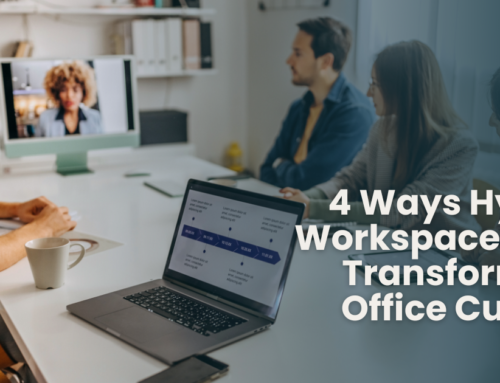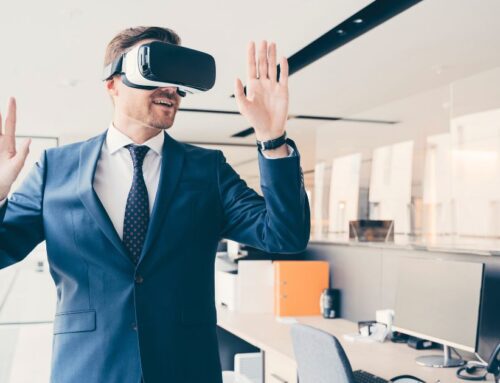
But how can you incorporate workplace inclusivity in new and interesting ways? Start with your workplace design. Many business owners don’t consider how their workplace design can impact employees.
Continue reading for a few quick design tips for an inclusive workplace.
Remember the Importance of Open Spaces
Having ample space is important for COVID-19 safety. It’s also crucial when it comes to improving inclusivity in your workplace. Having wide-open spaces feels more welcoming than having a cramped office. It allows employees the flexibility to move around, stretch their legs, and collaborate with others who may not sit nearby (more on inclusive seating later on).
This should also provide more than enough room for someone to navigate the office with a wheelchair, walker, or mobility scooter. You don’t want to exclude workers who need these things when you’re designing your office.
Allowing more space between desks can also make the environment more comfortable for people who struggle with anxiety or claustrophobia. It’s also good for people who may worry about being (accidentally or otherwise) touched while people move through the office.
A Variety of Work Spaces
In a standard office, most of the employees work in the same types of spaces. They have a desk, an overhead light, a chair, and perhaps some nearby accessories.
This doesn’t promote inclusion or creativity. You won’t be allowing your employees to reach their full potential in this type of environment.
Remember that everyone has different work styles. For some people, a dim corner with warm lighting will be perfect. Others may want a well-lit space with plenty of room to collaborate. Providing several types of spaces throughout your office will allow your employees to work how they feel best and have more room to grow.
New and Improved Seating Areas
Think outside the cubicle and desk and consider placing comfortable chairs or couches intermittently in areas that aren’t normal work areas. This will help employees who struggle with mobility and give all of your employees somewhere to rest, decompress, or work in a more comfortable setting.
You should also consider alternative and innovative seating. If you want to foster an inclusive work environment, make sure that you’re focusing on a new and improved seating arrangement.
Traditional desk seating arrangements can result in accidental segregation. Consider adding flexible seating “pods” so employees have better and easier communication.
It’s also a good idea to have an “alone time” seating area for employees who get overwhelmed while they’re around others.
Always Stay Open to Change
The main thing to keep in mind when it comes to promoting inclusion in the workplace is that you’re trying to suit the needs of as many types of people as possible. As those needs change, you may want to change the workplace as well.
Stay open to influence from your employees and from design experts.
Inclusivity in Design: Are You Doing Your Best?
Workplace design inclusivity isn’t all about having accessible restrooms. By tweaking your workplace desk arrangement, adjusting your seating options, making your entryways more accessible, adding handrails, and improving your parking lot safety, you’ll make a huge difference.
Are you looking for new furniture for your inclusive and accessible workplace? What about a total layout overhaul? At Workplace Solutions, we’ve got you covered.
Contact us so we can start working together today.



